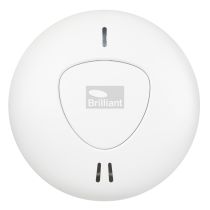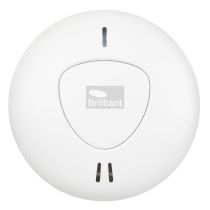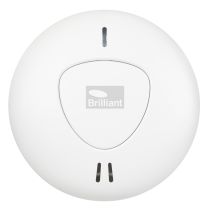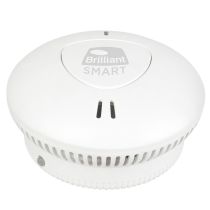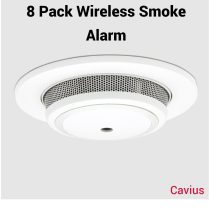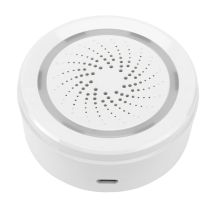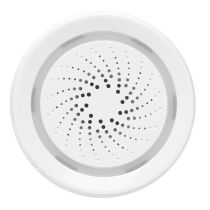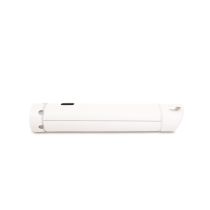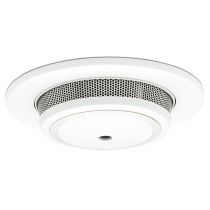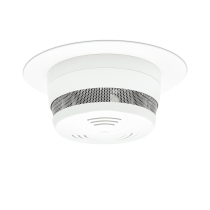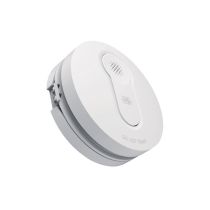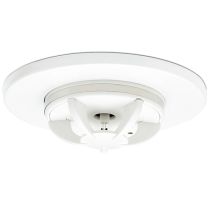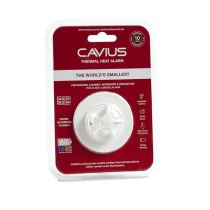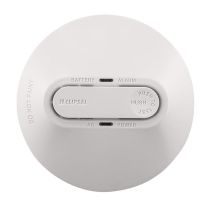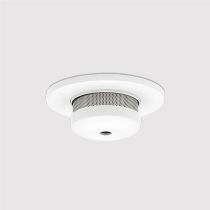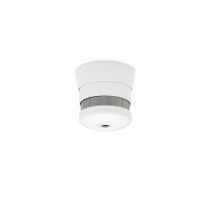Smoke Alarms

Types of smoke alarms
There are two main types of smoke alarm for home use: ionisation and photoelectric alarms.
Ionisation alarms
These contain a very small amount of radioactive material, which reacts to particles emitted in a fire and sets off the alarm. Ionisation alarms are best at detecting fast-flaming fires that don't emit much visible smoke. But many house fires tend to be smoky and smouldering long before they flare into flame, and ionisation alarms aren't as quick at detecting these. They can also be prone to nuisance alarms from cooking and steam, so shouldn't be located near your kitchen or bathroom.
Photoelectric alarms
These contain a photo cell and a light beam shining away from the cell. When smoke enters the test chamber, some of the light is scattered by the smoke particles and hits the cell, triggering the alarm. Photoelectric alarms are best at detecting smoky and smouldering fires, which is a common type of house fire. Dust or insects entering the unit can cause false alarms, so they have to be cleaned occasionally.
- CAVIUS WIRELESS FAMILY 10 YEAR PHOTOELECTRIC SMOKE ALARM - 2107 CAV10WFSpecial Price $98.00 Regular Price $169.00
- Cavius Photoelectric Smoke Alarm Worlds Smallest - 10 Year Battery - 2008 CAV10Special Price $48.00 Regular Price $69.00
